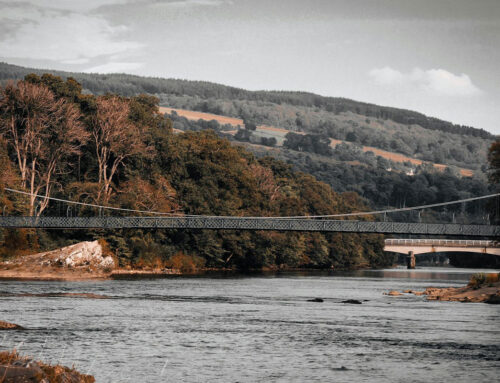Dunkeld Cathedral: A Historic Landmark in Scotland
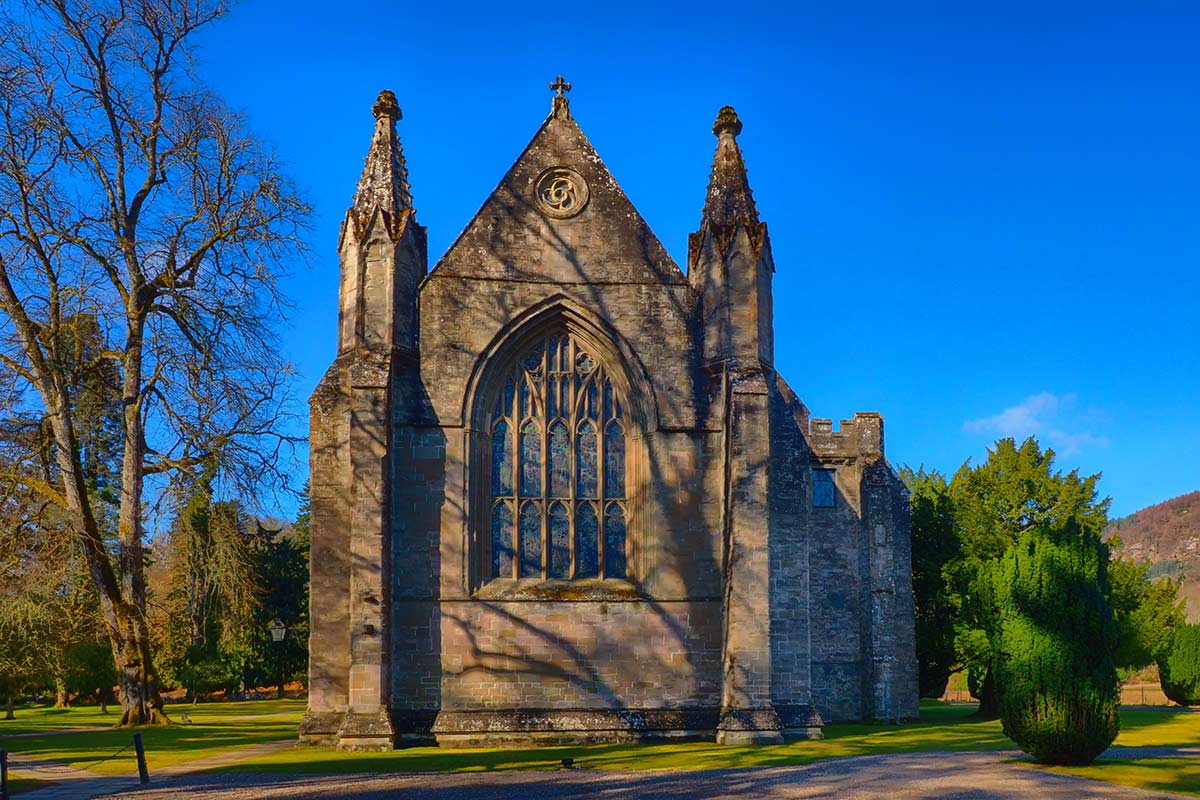
Dunkeld Cathedral, situated on the north bank of the River Tay in Scotland within Highland Perthshire, is a landmark steeped in rich history and religious significance. Known officially as Dunkeld Cathedral, this historic building serves not only as a parish church but also as a vital part of Scotland’s ecclesiastical heritage.
The origins of Dunkeld as a religious centre date back to the early days of Celtic monks. It is believed that St Columba, a pivotal figure in the spread of Christianity in Scotland, played a significant role in establishing Dunkeld’s religious importance. The cathedral grounds, with their tranquil beauty, stand as a testament to the site’s long-standing connection to faith and worship.
The Cathedral’s Establishment and Historical Figures
When Dunkeld was declared a religious centre, it marked a significant development for the Church of Scotland. This declaration was not just a formality but a pivotal moment in the religious and cultural consolidation of Scotland. Dunkeld’s designation as a religious centre came during a time when the nation was undergoing significant changes, both politically and spiritually.
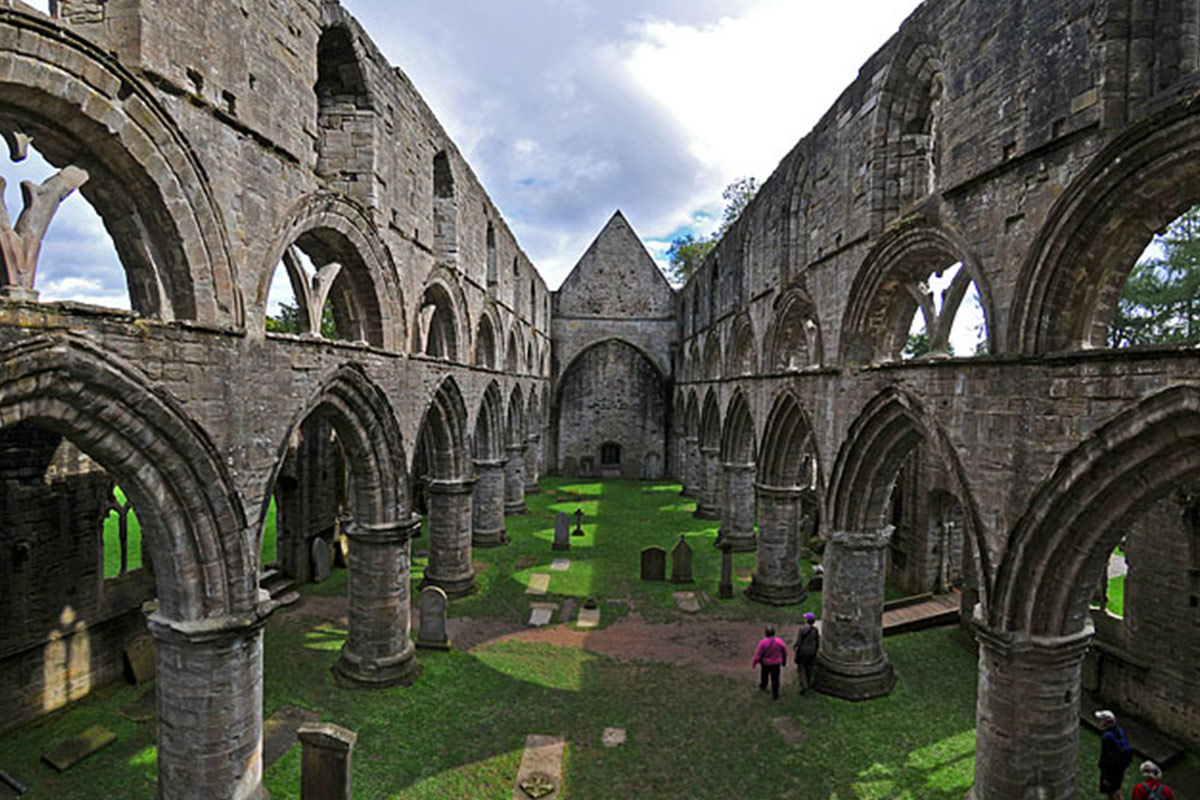
The Nave, Dunkeld Cathedral
Dr Richard Murray / CC BY-SA 2.0 / Source: https://www.geograph.org.uk/photo/971382
The First King of Scotland
One of the most notable figures associated with Dunkeld is Kenneth MacAlpin, often referred to as the first King of Scotland. Kenneth MacAlpin played a crucial role in uniting the Scots and Picts, two distinct groups that had previously been in conflict. His efforts in unifying these peoples were pivotal in the formation of a single Scottish kingdom, of which he declared Dunkeld as the capital.
This unification under MacAlpin’s rule also included the consolidation of religious practices, with Dunkeld emerging as a central site for the newly unified Christian faith. The establishment of Dunkeld as a religious centre under MacAlpin’s influence was a significant step in forging a cohesive Scottish identity.
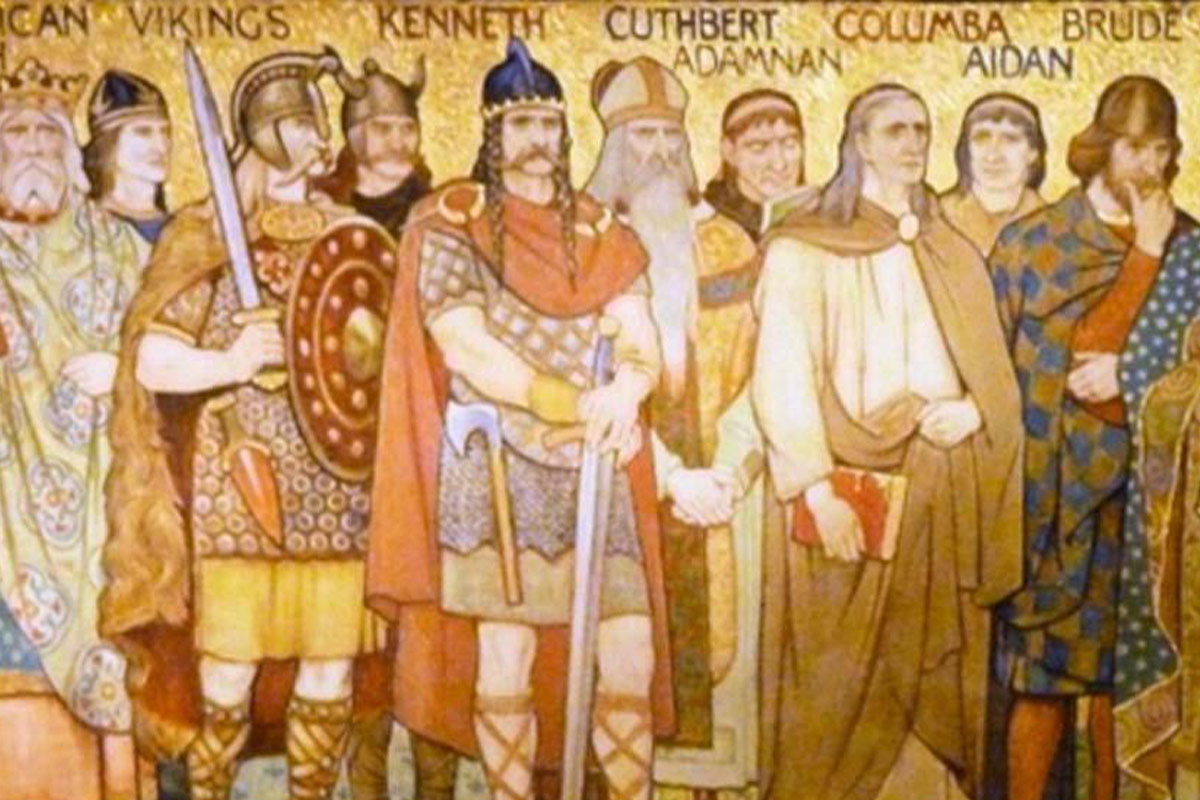
The Wolf of Badenoch
Another important figure linked to Dunkeld Cathedral is Alexander Stewart, often known as the “Wolf of Badenoch.” Stewart was a notable historical figure known for his tumultuous life and his contributions to Scottish history. His tomb within Dunkeld Cathedral adds a layer of personal history to the site, connecting the cathedral to the broader narrative of Scotland’s medieval past. Stewart’s final resting place within the cathedral underscores the site’s importance as a religious and cultural landmark.
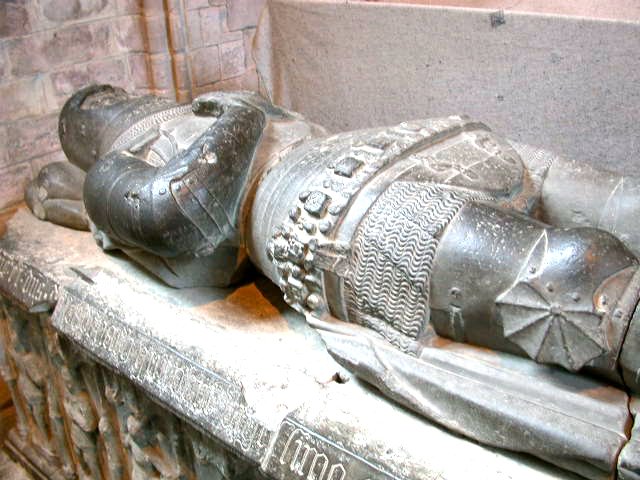
The Role of the Bishop
Throughout its history, Dunkeld Cathedral has been overseen by various bishops, each contributing to its growth and maintenance. The role of the bishop was crucial in medieval Scotland, as they were not only religious leaders but also influential figures in political and social spheres.
Bishops were responsible for the spiritual well-being of their congregations and played a significant role in the administration of the cathedral’s affairs. Their presence at Dunkeld ensured that the cathedral remained a vital centre of worship and community life. The continuous presence of bishops helped to maintain Dunkeld’s status as a significant religious site and contributed to its architectural and cultural development.
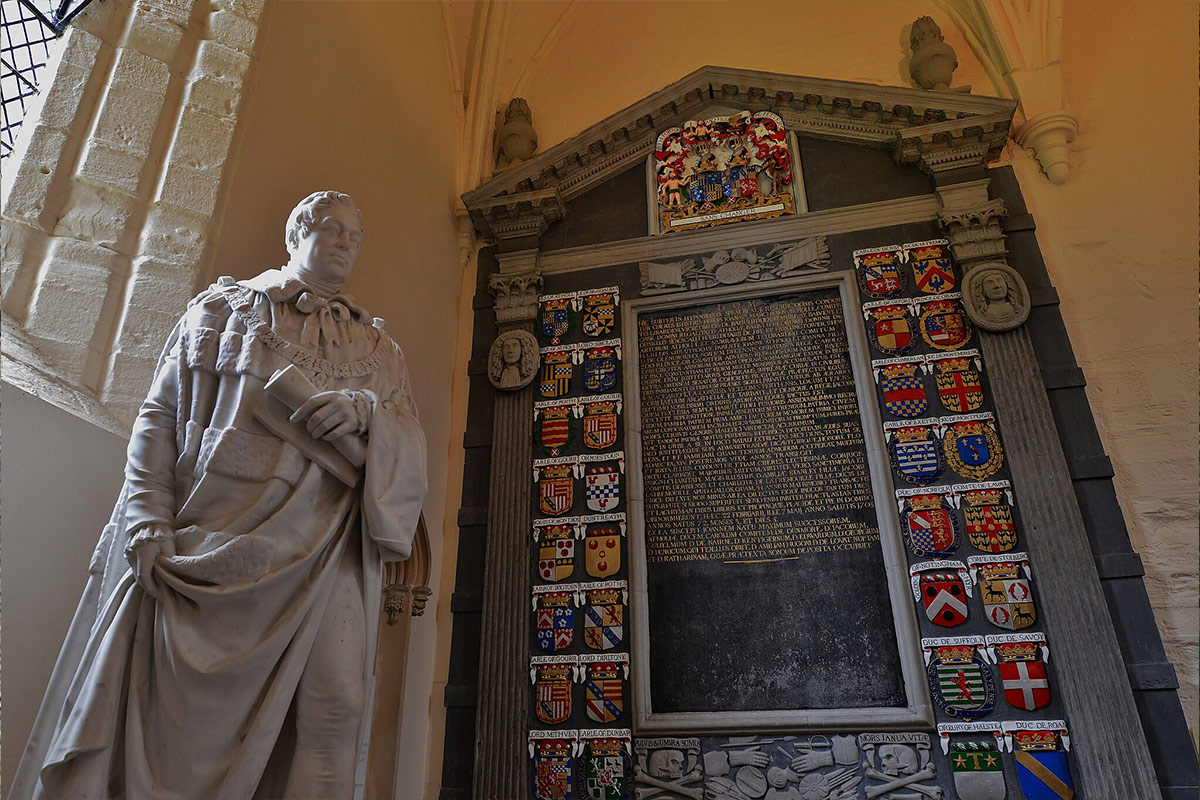
Dunkeld Cathedral Baronial Coats of Arms
HARTLEPOOLMARINA2014, CC BY-SA 3.0 <https://creativecommons.org/licenses/by-sa/3.0>, via Wikimedia Commons
Architectural Highlights
The cathedral itself is an architectural marvel, featuring a blend of styles that reflect its long and varied history. Key architectural elements include the nave and the choir, both of which showcase the grandeur and spiritual atmosphere of the cathedral. The ruins of the oldest part of the cathedral add to its historical charm, attracting visitors eager to delve into its past.
Relics and Pilgrimage
Dunkeld Cathedral was also renowned for housing significant relics, making it a pilgrimage site for those seeking spiritual solace. The monastery, once a bustling centre of religious activity, now stands as a symbol of a bygone era.
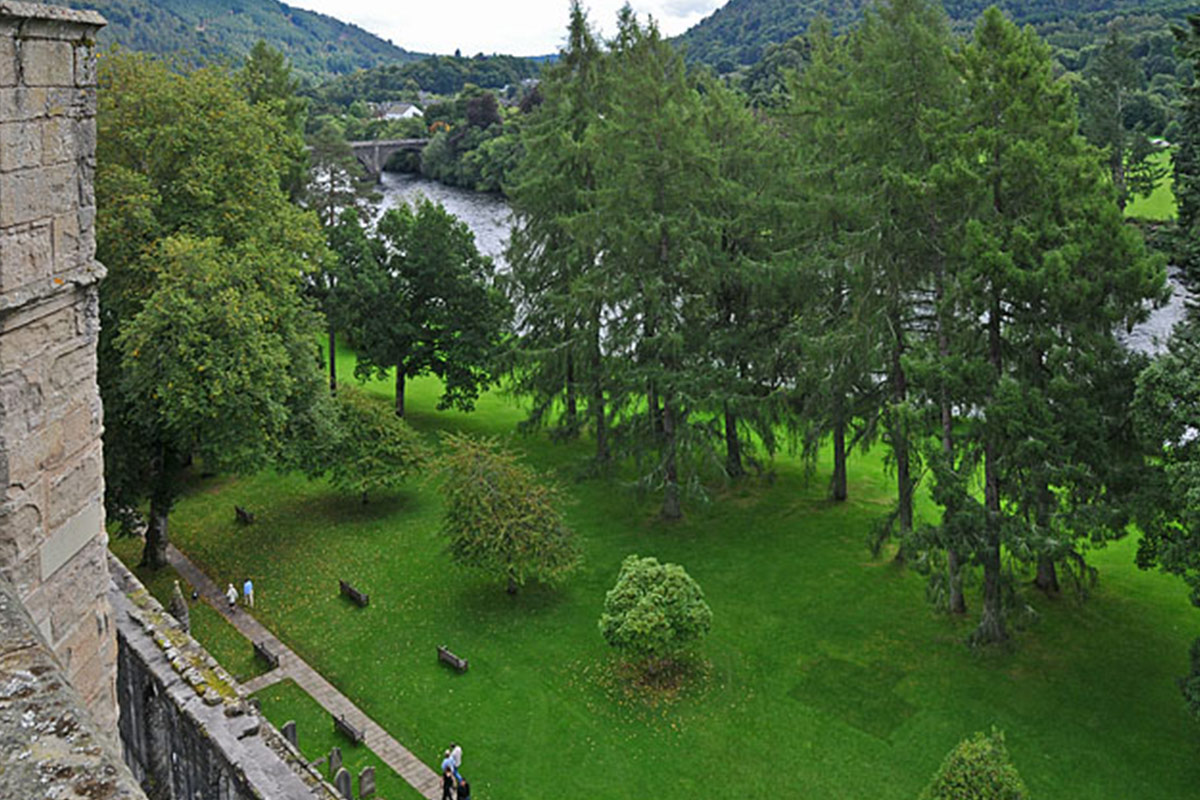
Dunkeld Cathedral Precincts
Dr Richard Murray / CC BY-SA 2.0 / Source: https://www.geograph.org.uk/photo/971357
A Testament to Faith and History
Dunkeld Cathedral is much more than a mere building; it is a symbol of Scotland’s faith and history.
Its picturesque location on the north bank of the River Tay, its association with notable figures like Kenneth MacAlpin and Alexander Stewart, and its role as a parish church for the Church of Scotland all contribute to its enduring significance. Whether drawn by its historical depth, its architectural splendour, or its serene grounds, Dunkeld Cathedral remains a place of profound spiritual and historical importance.


